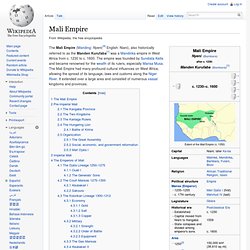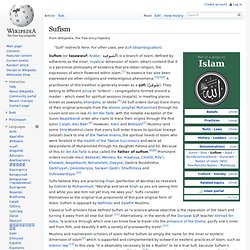

THE MUEZZINS OF MALI: Call to Prayer, Timbuktu (15 January 2012) www.myke.me. Djenne Mosque. Mali Christians Welcome the French Army. France's military intervention in Mali is welcome news to the West African nation's tiny Christian population.

While they number no more than about 300,000 (out of a population of 15 million), Malian Christians have suffered terrible persecution since the military coup against the democratically elected government last March. Islamic rebels known as Ansar Dine (Defenders of the Faith) have advanced into the south from northern Mali, imposing their brand of Shariah law on the populace.Al Qaeda linked jihadists have joined them. Christians are singled out for death. Ninety percent of Malians are Muslims and most get along well with Christians. Yet those who leave the Islamic faith to become Christian experience severe opposition from A.D., family members, and neighbors.
Members of the Islamic terror group Ansar Dine are equal opportunity oppressors, forcing Sharia law on the entire population, not just the Christians. Mali Empire. The Mali Empire (Manding: Nyeni;[4] English: Niani), also historically referred to as the Manden Kurufaba[1] was a Mandinka empire in West Africa from c. 1230 to c. 1600.

The empire was founded by Sundiata Keita and became renowned for the wealth of its rulers, especially Mansa Musa. The Mali Empire had many profound cultural influences on West Africa, allowing the spread of its language, laws and customs along the Niger River. It extended over a large area and consisted of numerous vassal kingdoms and provinces. Animism. Specifically, animism is used in the anthropology of religion as a term for the belief system or cosmology of some indigenous tribal peoples,[5] especially prior to the development and/or infiltration of colonialism and organized religion.[6] Although each culture has its own different mythologies and rituals, "animism" is said to describe the most common, foundational thread of indigenous peoples' "spiritual" or "supernatural" perspectives.

The animistic perspective is so fundamental, mundane, everyday and taken-for-granted that most animistic indigenous people do not even have a word in their languages that corresponds to "animism" (or even "religion");[7] the term is an anthropological construct rather than one designated by the people themselves. Largely due to such ethnolinguistic and cultural discrepancies, opinion has differed on whether animism refers to a broad religious belief or to a full-fledged religion in its own right.
Sufism. Sufism (or taṣawwuf; Arabic: الصوفية) is a branch of Islam, defined by adherents as the inner, mystical dimension of Islam; others contend that it is a perennial philosophy of existence that pre-dates religion, the expression of which flowered within Islam.[1] Its essence has also been expressed via other religions and metareligious phenomena.[2][3][4] A practitioner of this tradition is generally known as a ṣūfī (صُوفِيّ).

Sufis believe they are practicing ihsan (perfection of worship) as revealed by Gabriel to Muhammad: "Worship and serve Allah as you are seeing Him and while you see Him not yet truly He sees you". Sufis consider themselves as the original true proponents of this pure original form of Islam. Sufism is opposed by Wahhabi and Salafist Muslims. Classical Sufis were characterised by their attachment to dhikr, (a practice of repeating the names of God, often performed after prayers)[18] and asceticism. Etymology[edit] Mali: The treatment of individuals that convert from Islam to Christianity, particularly in the northern regions; availability of state protection and possibility of relocation to Christian areas in the south or to urban centres such as Bamako. The Annual International Religious Freedom Report 2002 states that Muslims comprise 90 per cent of the Malian population (7 Oct. 2002, Sec.i).

Christians make up approximately five percent of the population, and their community is evenly distributed between Catholics and Protestants (The Annual Religious Freedom Report 2002, Sec. 1). The report also states that there are no geographic concentrations or segregation of religious groups. Christian communities, which tend to be located in and around urban areas, are found throughout the country, but more often in the southern regions. Groups that practice traditional indigenous religions are located throughout the country but are most active in rural areas (ibid.). The Christian and Missionary Alliance (C&MA), an American "evangelical denomination with a major emphasis on world evangelization," (n.d.b) states that the few Christian converts among the Fulani (also known as Fulbe) have paid a high price (n.d.a).
References _____. _____. 2001b.